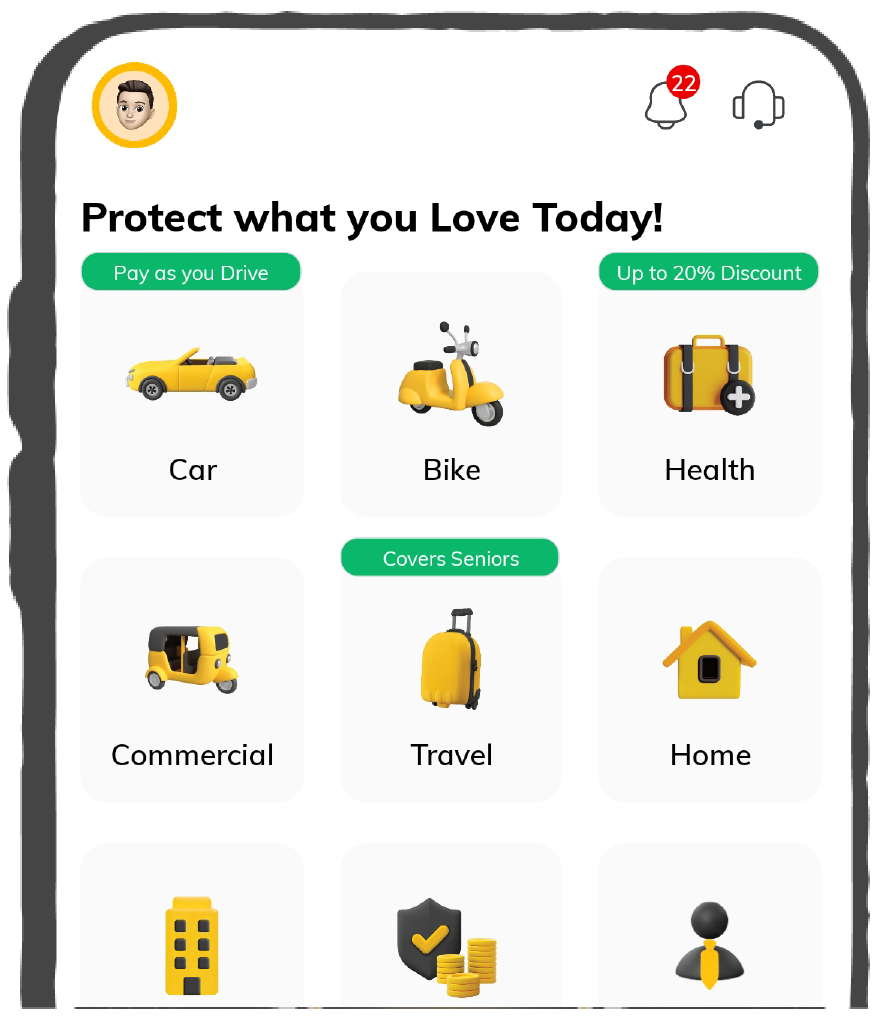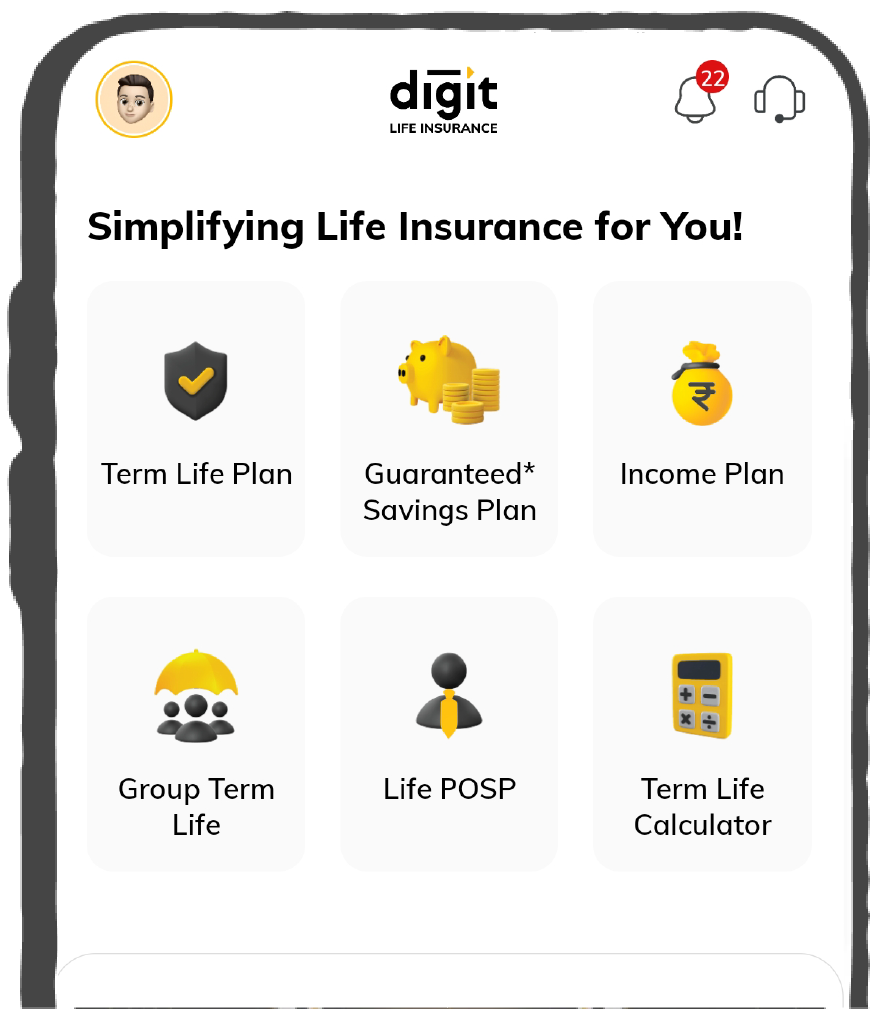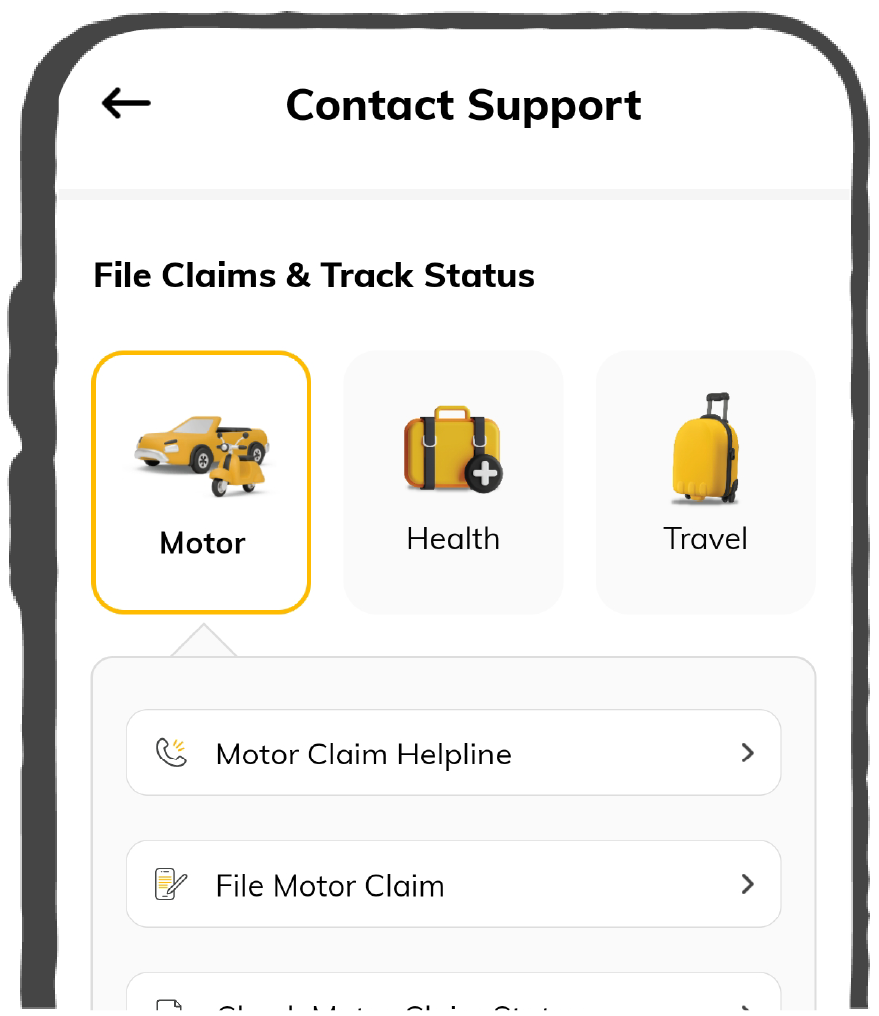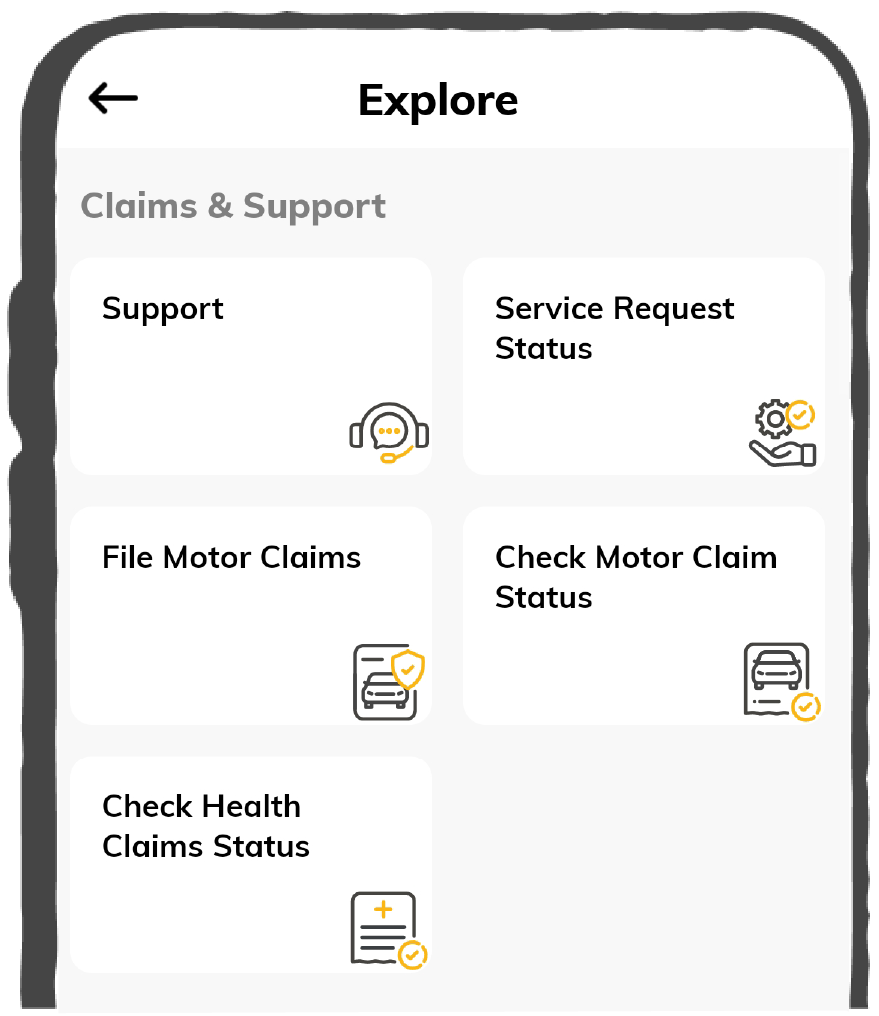Car Insurance Online, Up to 90% Off
9000+
Cashless Garages
2900 Crore+
Paid-in Claims
1.2 Cr+
Policies Sold
I agree to the Terms & Conditions
Buy Online for Huge Savings

Car insurance Online, Up to 90% Discount
It's a Brand New Car
9000+
Cashless Garages
2900 Crore+
Paid-in Claims
1.2 Cr+
Policies Sold
How Climate and Location Affect Your Car Insurance Premium?

Car insurance plays a huge role in protecting your car from natural disasters or other unforeseen events. However, the insurance policy's efficiency depends on the number of risks covered. Although a fully comprehensive insurance policy gives full coverage to your car, it comes with a high premium.
The premium rates depend not only on the type of insurance policy and your driving records. However, it also depends upon the location and the climate where you reside or purchase the insurance policy. Read on to understand how the location and climate impact your insurance premium and the ways to minimise it.

Table of Contents

What Factors Influence Car Insurance Premiums Based on Location?
Insurance premiums are impacted by several factors based on your location. The population of your location is a major factor affecting your premium. An increased population leads to increased traffic density and rising threats of accidents, which results in paying an increased premium.
Several other factors, such as infrastructure and crime rate, are vital. The poor infrastructure causes your car parts to wear, and the increased crime rate increases your car's threat of damage. Additionally, the market competition also impacts the premium rate.
How Does Location Impact Premiums: Urban vs Rural Areas?
Your location plays a crucial role in determining your insurance premium. The table given below outlines how the premiums differ based on your location:
What is the Link Between Crime Rates and Insurance Costs?
The crime rate of a region also has an intricate link with your insurance costs. The increased crime rate in an area is a significant risk factor for your vehicle. That is, the possibility of your car getting affected is much higher. It leads to increased claim rates.
Therefore, the crime rate acts as a risk to the insurance company and leads to an increase in the premiums. The following are the crime factors that impact insurance premiums:
- Vandalism
- Break-ins
- Accident rates
- Car Theft
- Fender Benders
- Hit And Runs
How Do Regional Risks Like Natural Disasters & Weather Hazards Impact Insurance Premiums?
The regional risks caused by natural disasters and weather hazards affect your insurance premium. This is because the possibility of your vehicle getting damaged increases. Natural hazards such as floods, cyclones, landslides, etc., cause significant damage to the car.
Sometimes, the vehicle may get stuck beyond repair, causing total loss to the insurance companies. Insurance companies also consider the type and frequency of such natural hazards in a region when calculating their insurance premium.
Climate Conditions and Their Impact on Car Insurance Premiums
Climatic conditions act as a critical determinant while assessing the insurance premium. Here are a few climatic conditions and their impact on car insurance:
Flood
Regions experiencing heavy rainfall pose a heavier risk for floods. The floods in a region can submerge a vehicle or lead to water ingress into the parts. This poses the risk of engine failure or parts replacements. It also increases the number of claimants in a particular region. This ultimately results in increased insurance premiums.
Severe Winters
Regions that survive severe winters often experience snowfall, mist, and fog. These conditions cause snow to build up on the road, mist, and fog, reducing visibility in the region. This makes the road slippery and increases accident rates, causing heavy damage.
Heatwaves and Droughts
The impact of heat waves and droughts on premiums is minimal. However, heat waves in a region affect the vehicle's parts. The increased heat also heats the engine and parts, sometimes leading to fire accidents. Therefore, this is also a risk factor and increases the premium.
What is the Role of State and Regional Regulations In Determining Premiums?
State and regional regulations are crucial in determining car insurance premiums. The following is the list of factors that the state and regional rules come up with:
Minimum Coverage Requirements
The level of liability coverage mandated varies by state. A few states require additional forms of protection, such as uninsured motorist coverage. A higher minimum coverage of states corresponds to higher premiums.
Premium Regulation
States have different systems for approving rates. Some require insurers to pre-approve the rate before it can be implemented. Others use a "file-and-use" system, whereby a field change can be implemented instantly.
Regional Risk Factors
State regulations are influenced by conditions in the particular region. For example, disaster-prone places require more coverage options. The heavy-traffic areas require more comprehensive policies.
Consumer Protections
Rules provide fair treatment, including oversight of policy terms and claims processes. Such protections help consumers against predatory practices. However, this increases administrative costs, often passed on to policyholders.
How to Manage Higher Car Insurance Premiums in Risky Areas?
Higher car insurance premiums are inevitable in risky areas with unstable climates, theft, vandalism, etc. Despite the risks, you can avert the higher premium by following the checklists given below:
Install Advanced Security Features
Installing anti-theft devices, GPS trackers, or immobilisers makes your car much less vulnerable to theft and vandalism. Many insurers provide discounts on cars fitted with advanced security features.
Choose A Higher Voluntary Deductible
Paying more claim costs upfront reduces the monthly or annual premium paid. This strategy is very effective for low-frequency usage of their cars, which are unlikely to have claims.
Comprehensive Insurance Policy
A comprehensive insurance policy covers all sorts of risks. However, you can customise it and cut unwanted features to provide cost-effectiveness without loss of coverage.
Choose Add-Ons Wisely
Zero depreciation or roadside assistance should be add-ons aligned with the risks. For instance, roadside assistance might be needed for a rural driver, but zero depreciation coverage might be required for an urban driver.
No Claim Bonus
Not raising a single claim in the renewal term fetches you a discount. This compounds with time (without opting for consecutive claims for five years), and the savings are immense, even in the most dangerous regions.
Comparing Car Insurance Premiums Across Indian States
The insurance premiums vary remarkably in different states. This variation is based on considering different factors in the region. Here is a table which depicts the comparative analysis of car insurance premiums across different states in India:
Pro Tips for Reducing Your Car Insurance Premium
Significant savings can be achieved in car insurance premiums by wisely opting for the necessary premium policy. Below are a few pro tips to reduce the premium costs effectively :
Drive Responsibly
Avoiding traffic violations keeps the NCB intact. NCB provides a discount of as high as 50%, making it one of the easiest saving methods. It also reduces the possibility of claim filing and premiums.
Compare Premiums Online
Compare premium quotes online to find a cheap policy that meets your needs. You can analyse multiple options, compare various features, and select one that balances coverage without overpayment.
Limit Add-Ons
Add-ons are handy but only apply to those concerning your mode of driving or locality. For example, you shouldn't pay flood protection money if you live in a dry area. Tailor your policy to avoid paying for unnecessary add-ons.
Review Coverage Periodically
Lifestyle or vehicle use changes might fluctuate your insurance coverage. You can analyse your policy, adjust coverage levels to eliminate unused add-ons and pay for only the required coverage.
Bundled Policies
When buying car insurance coupled with home or health insurance, you often get a discount from the same provider. Bundling policies saves money and makes managing easy, as everything is connected.
What is the Future of Car Insurance Premiums Amid Emerging Climate Risks?
Climate risks significantly affect future car insurance premiums. Climate change leads to severe weather patterns such as floods, cyclones, and wildfires. These risks lead the insurers to adjust the premium to cover the increased risk, and as such, unforeseen events result in increased claims.
The insurers will develop new pricing strategies using advanced technologies and data. Thereby, they predict the price of the premium for climate-related risks. This poses a critical challenge in balancing the affordability and coverage of new insurance policies. Thus, climate change will drive increased costs and coverage for the premiums.
In conclusion, the climate and the location impact your insurance premium as they are intricately connected. The rise in climatic hazards and crime rates increases the probability of damage to your car. Thus, you must plan wisely to choose an appropriate insurance policy.
Also, having a check in the add-ons according to your location can help you reduce the premium. So, have an ideal plan while purchasing the insurance premium to save money without compromising the coverage.














